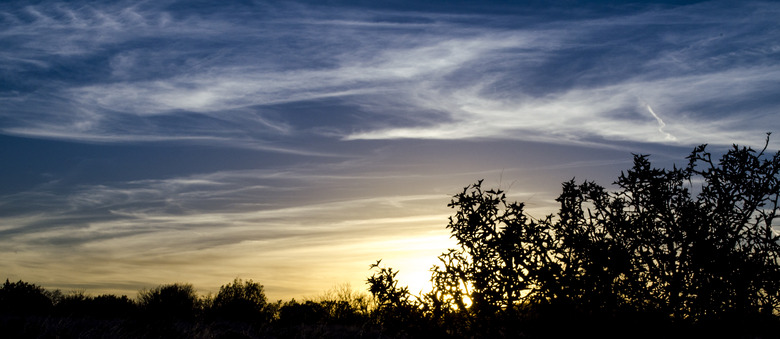The Climate Of The Edwards Plateau
The Edwards Plateau is located in Texas, south of the panhandle and ranging from the border with Mexico in the south and the great plains to the north. Its eastern edge is near the center of Texas. The Edwards Plateau is 37,370 square miles in area. The largest city on the plateau is Austin. Climate in the region is subtropical.
Temperature
Temperature
The Edwards Plateau is hot in the summer, with highs near 100 degrees Fahrenheit, and cool in the winter, with lows near 40 degrees Fahrenheit. Rapid swings in temperature are common, and the temperature can drop 50 degrees in a day. In general the western part of the plateau is colder than the eastern part.
Precipitation
Precipitation
The Edwards Plateau has no wet or dry season, and a long period (1 or 2 months) without rain can occur at any time of year. The eastern parts of the plateau are drier than the western parts. In Austin, the wettest month is May, with average precipitation of 4.8 inches, and the driest is January, with 1.7 inches. Average annual rainfall is 32 to 34 inches in Austin, but in the western part of the plateau it is only 12 inches. Snow is rare.
Humidity
Humidity
The Edwards Plateau is fairly humid. It is neither dessert-like nor swamp-like. Humidity does not vary much throughout the year. In Austin, average humidity in most months is around 70%, and is slightly lower in winter and higher in summer.
Classification
Classification
The climate of the Edwards Plateau includes subtropical steppe in the west and subtropical subhumid in the east. Subtropical steppe climates usually are found on the periphery of tropical deserts. Subtropical subhumid climates are marked by hot summers and dry winters.
Cite This Article
MLA
Flom, Peter. "The Climate Of The Edwards Plateau" sciencing.com, https://www.sciencing.com/climate-edwards-plateau-10039679/. 22 November 2019.
APA
Flom, Peter. (2019, November 22). The Climate Of The Edwards Plateau. sciencing.com. Retrieved from https://www.sciencing.com/climate-edwards-plateau-10039679/
Chicago
Flom, Peter. The Climate Of The Edwards Plateau last modified March 24, 2022. https://www.sciencing.com/climate-edwards-plateau-10039679/
